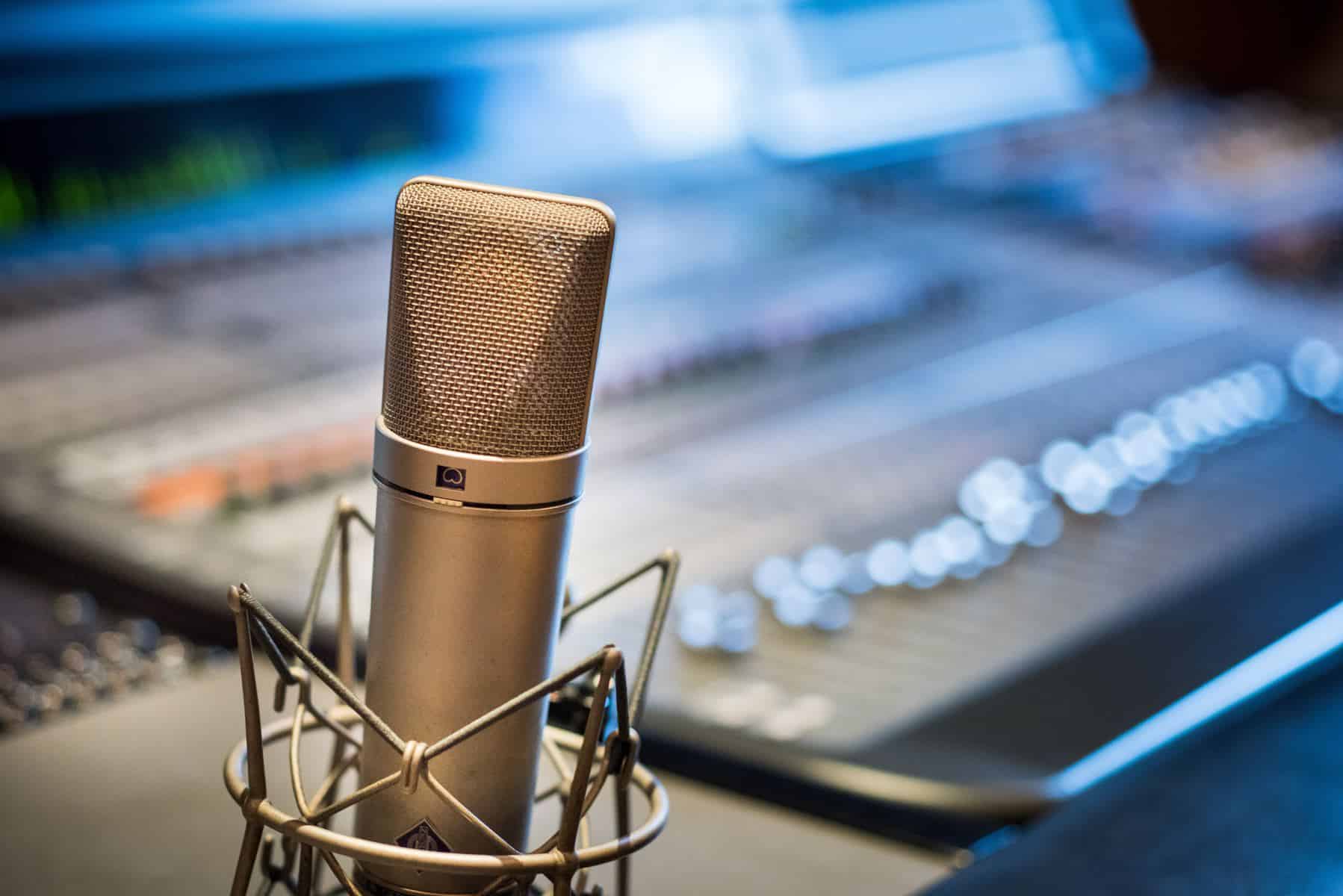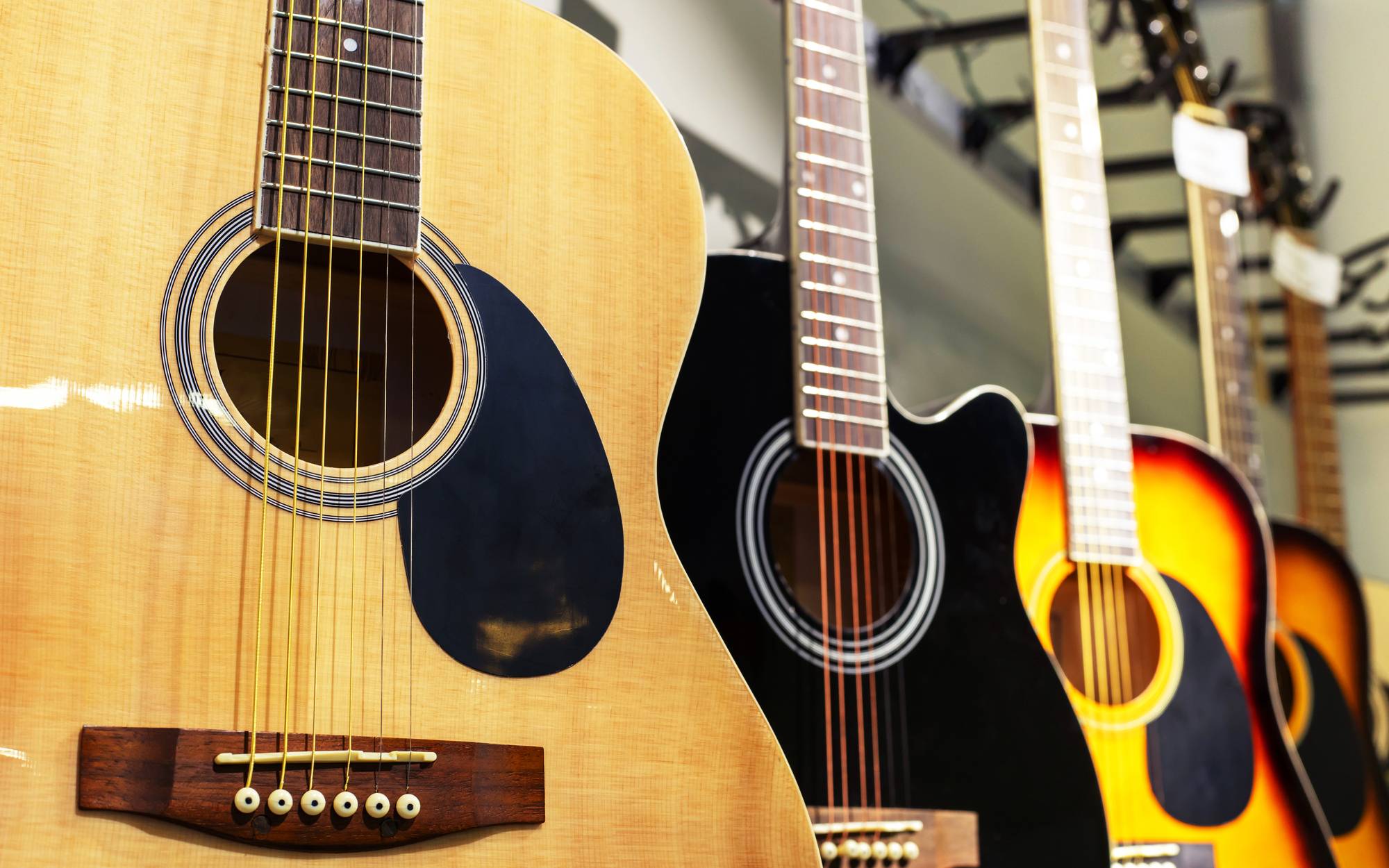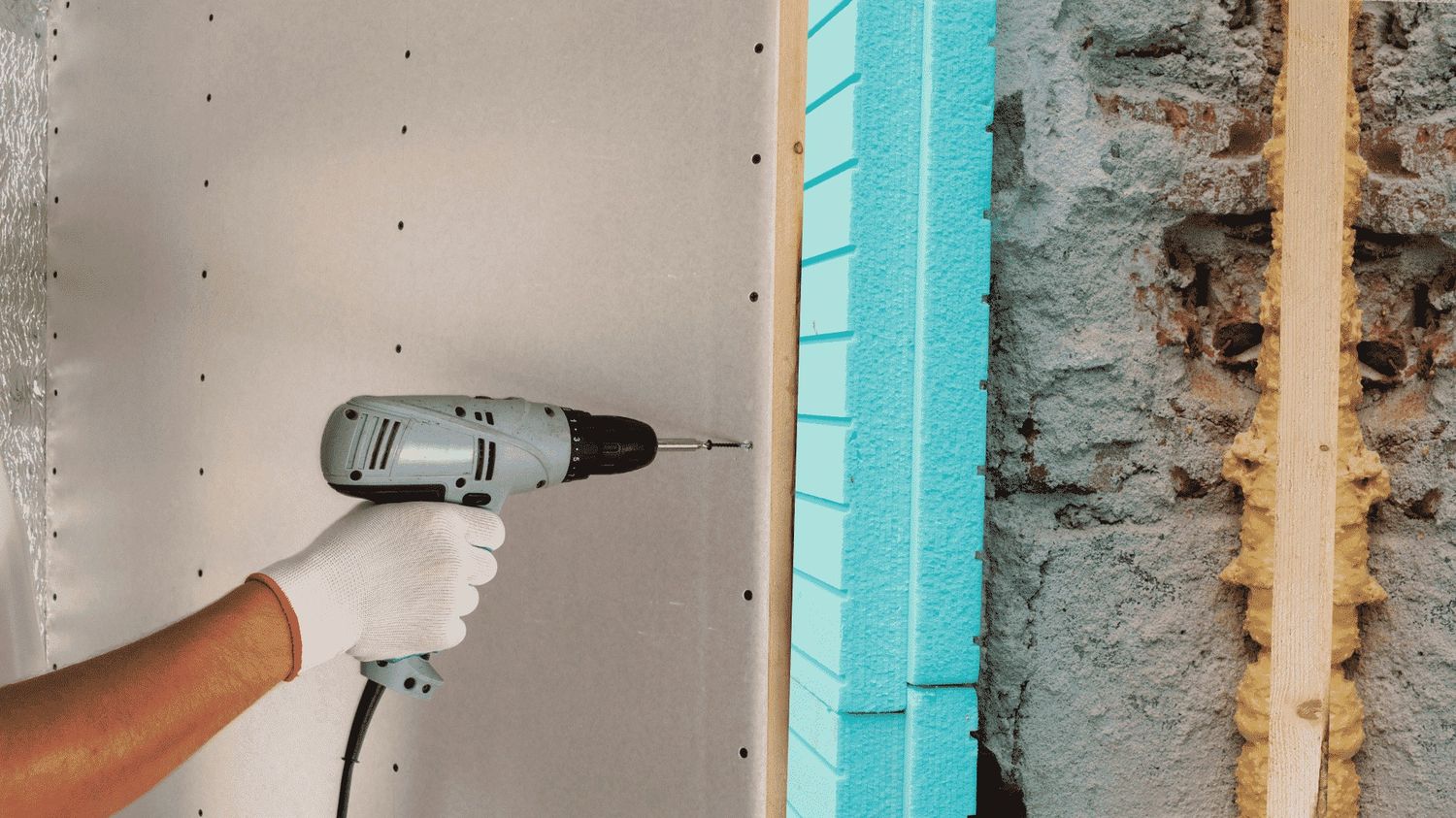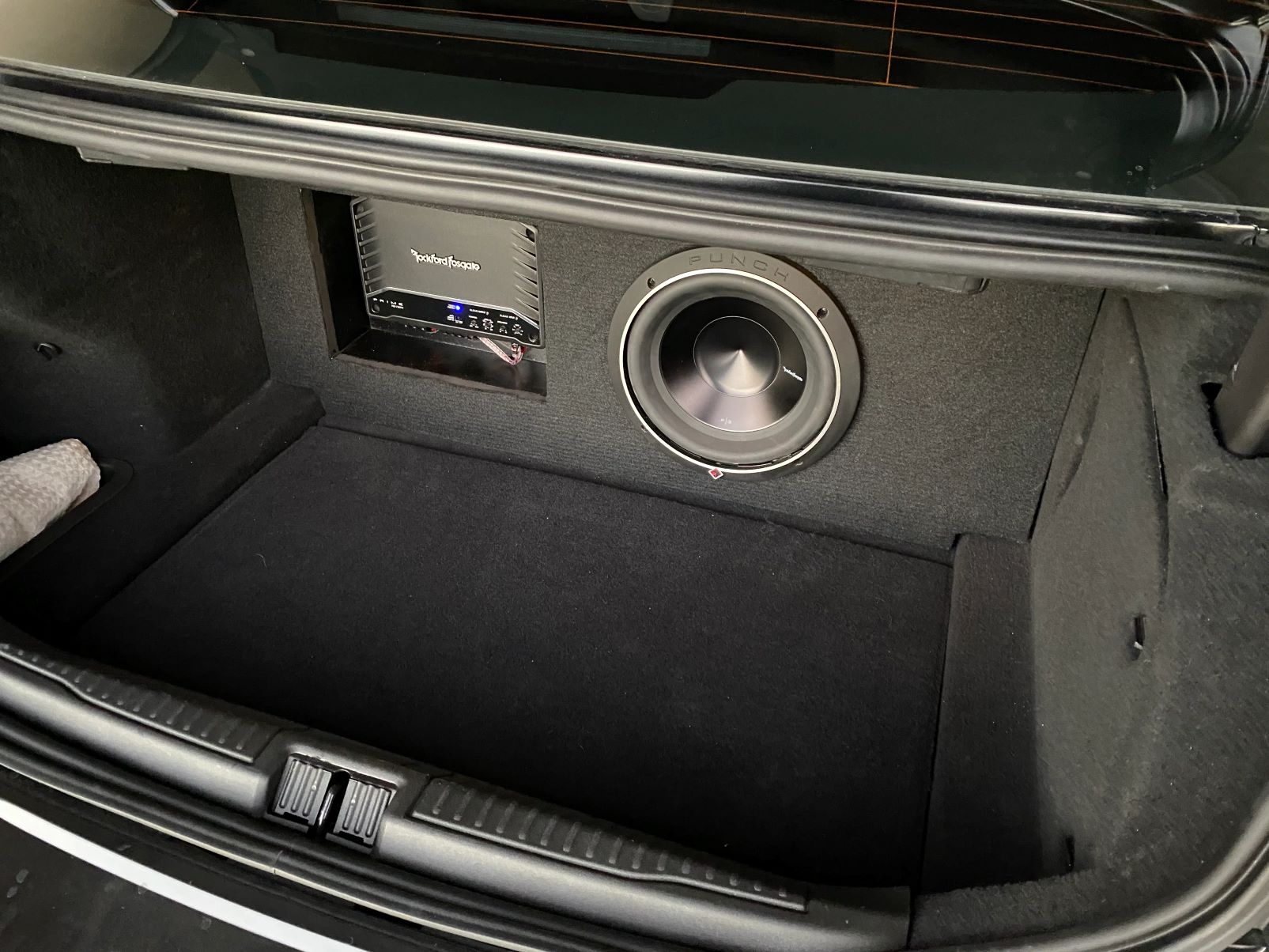Home>Devices & Equipment>Music Box>How Much Does It Cost To Make A Music Box
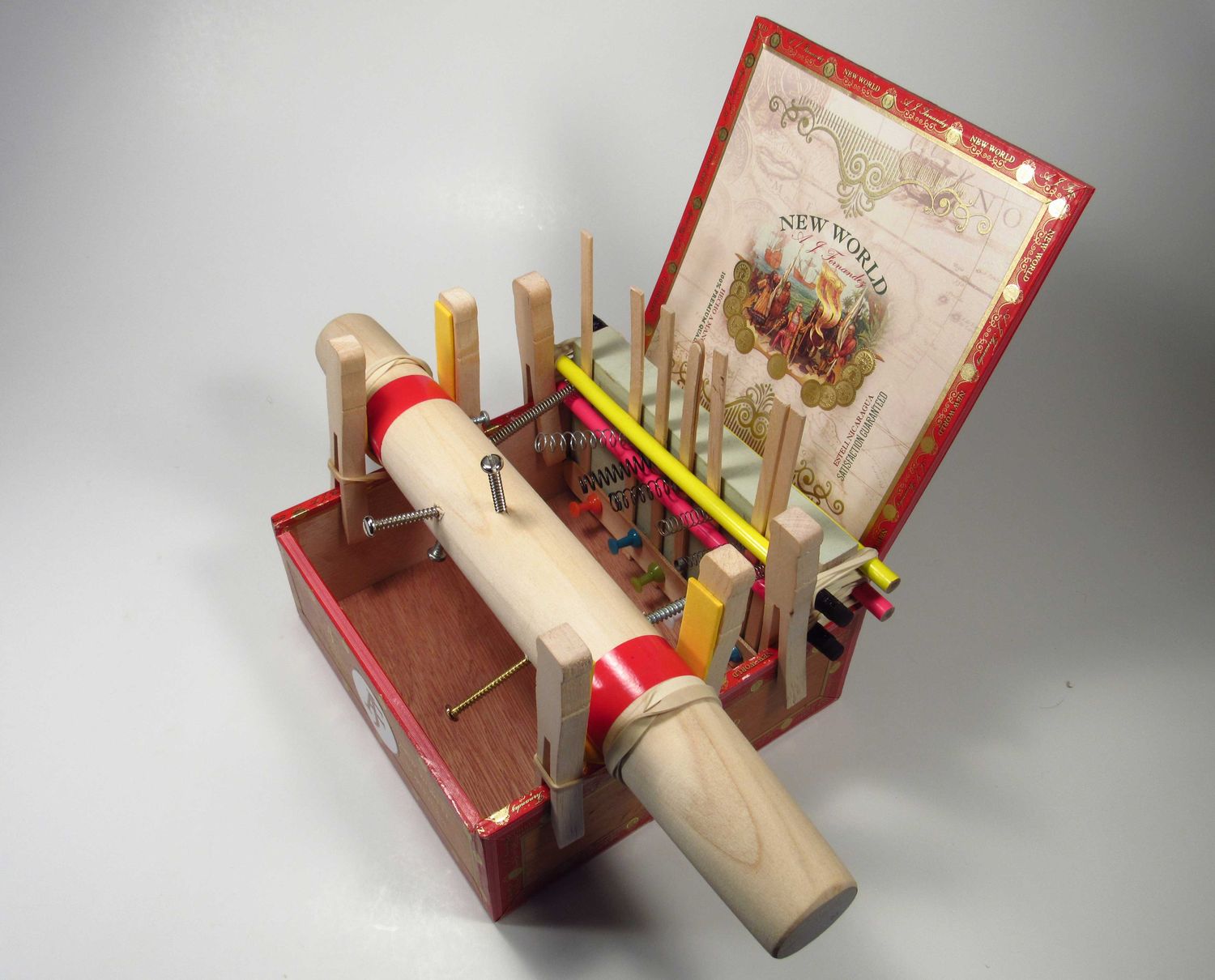

Music Box
How Much Does It Cost To Make A Music Box
Published: January 12, 2024
Discover the cost of creating a music box with our comprehensive guide. Find out how much a music box can cost and explore your options for this charming musical instrument.
(Many of the links in this article redirect to a specific reviewed product. Your purchase of these products through affiliate links helps to generate commission for AudioLover.com, at no extra cost. Learn more)
Table of Contents
Introduction
A music box is a charming and whimsical instrument that produces melodies through a mechanism operated by a winding key or electrical power. Its intricate design, soothing melodies, and nostalgic appeal make it a popular choice for both personal enjoyment and gifting.
If you’ve ever wondered about the cost of making a music box, you’re not alone. The price of a music box can vary based on several factors, including materials, manufacturing processes, customization options, and more. Having a better understanding of these factors will help you make informed decisions when purchasing or creating your own music box.
In this article, we will explore the various elements that contribute to the cost of making a music box. From the materials used to the manufacturing and assembly processes, as well as the additional customization, packaging, and shipping expenses, we’ll uncover the different aspects that impact the overall price.
Whether you are a music box enthusiast, a collector, or someone interested in creating your own music box, understanding the cost components will give you a better appreciation for this timeless and melodic instrument.
Factors Affecting the Cost of Making a Music Box
Several factors come into play when determining the cost of making a music box. Understanding these factors will help you gauge the pricing and make decisions based on your budget and desired outcome. Here are some key factors that can influence the cost:
- Materials: The type and quality of materials used in a music box can greatly impact its cost. Common materials include wood, metal, glass, and plastic. Higher quality and exotic materials will naturally drive up the price.
- Manufacturing techniques: The manufacturing process used to create the music box affects both the cost and the intricacy of the design. Traditional craftsmanship and hand-carved details generally result in higher costs compared to mass-produced, factory-made music boxes.
- Music mechanism: The music mechanism is the heart of a music box, responsible for playing the melodies. The complexity and quality of the music mechanism can significantly impact the cost. Music boxes with sophisticated movements and larger song selections tend to be pricier.
- Customization: Adding personalized touches to a music box, such as engraving, custom songs, or unique designs, can increase the cost. Customization requires additional time and effort from the manufacturer, resulting in a higher price point.
- Assembly: The assembly process of a music box involves putting together various components, including the music mechanism, housing, and any additional features. The complexity of the assembly can influence the cost, especially if it requires skilled labor.
- Packaging: The packaging of a music box affects both its presentation and protection during shipping and handling. Premium or custom packaging options can contribute to a higher overall cost.
- Shipping: If you’re purchasing a music box from a manufacturer or ordering a custom-made one, the cost of shipping can add to the total expense, especially if it needs to be delivered internationally or requires specialized shipping services.
By considering these factors, you can better understand the pricing structure of a music box and make informed decisions when purchasing or creating your own. Remember, the cost may vary based on the specific choices you make to personalize your music box and the level of craftsmanship involved.
Cost of Materials
The materials used in the construction of a music box play a significant role in determining its cost. Different types of materials can vary in price, quality, and aesthetic appeal. Here are some common materials used in music boxes and their associated costs:
- Wood: Wood is a popular choice for music box casings due to its durability and natural beauty. The cost of wood can vary depending on the type and quality. Exotic woods, such as rosewood or ebony, tend to be more expensive compared to more common varieties like pine or oak.
- Metal: Metal components, such as gears and mechanical parts, are essential for the functioning of a music box. The cost of metal materials will depend on the type, such as brass, steel, or gold-plated options. Precious metals will naturally increase the price due to their rarity and value.
- Glass: Some music boxes feature glass elements, such as a display window or a glass dome. The cost of glass will depend on the size, thickness, and quality. Crystal or hand-blown glass options can be more expensive compared to standard glass.
- Plastic: In more affordable music boxes or mass-produced models, plastic components may be used. Plastic is a cost-effective material that can be molded into various shapes and colors, but it may not offer the same level of durability or aesthetic appeal as other materials.
- Other Decorative Elements: Additional decorative elements, such as gemstones, inlays, or hand-painted designs, can significantly impact the cost of a music box. The price will depend on the type and quality of these embellishments.
It is worth noting that the quality and craftsmanship of the materials can also affect the cost. Higher-end music boxes often use premium materials and exhibit superior craftsmanship, resulting in a higher price point. Ultimately, the choice of materials will depend on your budget, aesthetic preferences, and desired level of quality.
Cost of Manufacturing
The manufacturing process of a music box involves various steps, each contributing to the overall cost. From design and prototyping to production and quality control, the cost of manufacturing can depend on several factors:
- Design and Engineering: The initial design and engineering phase of a music box involves conceptualizing the product and creating detailed plans. This stage requires skilled designers and engineers, which can contribute to the manufacturing cost.
- Prototyping: Before mass production, a prototype is typically created to test functionality, aesthetics, and overall design. Prototyping involves materials, labor, and iterative adjustments, increasing the manufacturing cost.
- Production Volume: The quantity of music boxes produced can impact the cost. Larger production runs often provide economies of scale, reducing the cost per unit. However, smaller-scale or custom productions may incur higher costs due to specialized manufacturing processes.
- Labor: Skilled labor is required throughout the manufacturing process, including assembling components, painting, engraving, and quality control. The cost of labor can vary depending on the location, expertise, and working conditions.
- Machine and Equipment: Manufacturing music boxes may involve the use of specialized machinery and equipment. The cost of acquiring, maintaining, and operating these machines contributes to the overall manufacturing expenses.
- Quality Control: Ensuring the quality of each music box before it is shipped to customers requires rigorous quality control measures. Testing, inspection, and any necessary adjustments add to the manufacturing costs.
It’s important to note that the cost of manufacturing can vary depending on the complexity and intricacy of the music box design. Elaborate designs and intricate mechanisms may require more time, skill, and resources, resulting in higher manufacturing costs.
Ultimately, the cost of manufacturing reflects the level of craftsmanship, attention to detail, and quality assurance employed in creating a music box.
Cost of Assembly
The assembly process is a crucial step in bringing all the components of a music box together and ensuring it functions properly. The cost of assembly involves various factors, including labor, time, and specialized skills. Here are some key elements that contribute to the cost of assembly:
- Labor: Skilled labor is required to assemble the different components of a music box, including the housing, music mechanism, gears, and any additional features or embellishments. The cost of labor can vary depending on the location, expertise required, and the complexity of the assembly process.
- Experience and Skill Level: The level of expertise and training needed to assemble a music box can affect the cost. Highly skilled technicians with experience in handling delicate mechanisms will likely command higher wages, adding to the overall assembly expenses.
- Time: The time required to assemble a music box can influence its cost. More intricate designs or customized features may necessitate additional time and attention to detail, thus increasing the assembly expenses.
- Equipment and Tools: Assembly may require specialized tools and equipment to properly fit and secure the components. The cost of acquiring and maintaining these tools can contribute to the overall assembly costs.
- Quality Control: Along with the assembly process, quality control checks are conducted to ensure that each music box meets the desired standards. This involves additional time and resources, which can impact the assembly cost.
It’s worth noting that the cost of assembly can vary depending on whether the music boxes are hand-assembled or machine-assembled. Hand assembly tends to be more labor-intensive and time-consuming, potentially increasing the cost.
Additionally, the complexity of the music box design can influence assembly costs. Music boxes with intricate mechanisms, multiple movements, or custom features may require more skill and time to assemble, resulting in higher assembly expenses.
By understanding the various factors involved in the assembly process, you can better appreciate the level of craftsmanship and attention to detail required to bring a music box to life.
Cost of Music Mechanism
The music mechanism is the heart of a music box, responsible for playing the delightful melodies. The complexity, quality, and customization options of the music mechanism can significantly influence the cost of a music box. Let’s explore the factors that contribute to the cost of the music mechanism:
- Movement Type: Music mechanisms can vary in terms of the movement type. Traditional music boxes often feature a cylinder movement, while modern ones may utilize a disc or comb movement. The cost can vary depending on the type of movement selected.
- Music Selection: The number of songs and the quality of the recordings determine the cost of the music mechanism. Music mechanisms with a larger selection of songs or with melodies arranged by renowned composers may command a higher price.
- Customization: Customizing the music mechanism with personalized songs or melodies can add to the overall cost. Creating custom arrangements or incorporating specific tunes can involve additional time, effort, and expertise, resulting in higher expenses.
- Mechanism Quality: The quality of the music mechanism, including the precision of its parts and the smoothness of its operation, can impact the cost. High-quality mechanisms made with precise engineering and durable materials tend to be more expensive.
- Additional Features: Some music mechanisms come with additional features, such as animated figurines, spinning dancers, or rotating platforms. These special features, if included, can contribute to the overall cost.
It is important to note that the music mechanism is a specialized component that requires expertise in its construction and proper calibration. A well-made and carefully calibrated music mechanism can greatly enhance the overall quality and enjoyment of a music box.
The cost of the music mechanism is generally reflective of the craftsmanship, intricate design, and customization options available. By understanding these factors, you can choose a music box with a music mechanism that meets your preferences and budget.
Cost of Customization
Customization adds a personal touch and unique flair to a music box, making it even more special and meaningful. The cost of customization depends on the level of personalization and the extent of the requested modifications. Here are some aspects that contribute to the cost of customization:
- Engraving: Personalized engravings, such as names, dates, or messages, can be added to the music box casing. The cost of engraving will depend on the complexity of the design and the materials used.
- Custom Decals or Painting: Custom decals or hand-painted designs can be applied to the surface of the music box, adding a personal touch. The complexity and intricacy of the artwork will influence the cost.
- Custom Songs or Melodies: If you desire a specific song or melody that is not in the standard music selection, you can request a custom arrangement or composition. Creating custom songs or melodies involves additional time and expertise, which contributes to the customization cost.
- Special Finishes: Adding special finishes, such as gold or silver plating, antiquing, or lacquering, can enhance the aesthetics of the music box. The cost will depend on the type of finish and the size of the music box.
- Unique Design Changes: Making unique design changes, such as altering the shape of the housing, adding compartments, or incorporating specific themes, may require custom modifications. These changes may increase the cost due to additional materials and labor involved.
Customization adds a personalized touch to the music box, making it a one-of-a-kind item. The cost of customization will vary depending on the extent of the requested modifications and the level of craftsmanship required to bring your vision to life.
It is important to communicate your customization preferences clearly to the manufacturer or artisan to ensure that your expectations and budget align. Customization can enhance the sentimental value of a music box, making it a cherished keepsake for years to come.
Cost of Packaging
The packaging of a music box is not only essential for protecting it during storage and transportation but also plays a role in presenting the product to the customer. The cost of packaging can vary depending on several factors:
- Materials: The type of materials used for packaging, such as cardboard, foam inserts, velvet lining, or decorative ribbons, can impact the cost. Higher-quality materials or customized packaging options may command a higher price.
- Design: Unique packaging designs, custom branding, or intricate detailing may require additional effort and resources, resulting in increased packaging costs. Custom-designed packaging adds a personalized and premium touch to the overall presentation.
- Size and Shape: The size and shape of the music box can influence the cost of packaging. Large or irregularly shaped boxes may require specially tailored packaging solutions, which can add to the overall expense.
- Additional Components: The inclusion of extra components in the packaging, such as information booklets, certificates of authenticity, or small accessories, can contribute to the packaging cost. These components add value and enhance the overall product experience.
- Specialty Packaging: Some music boxes may require specialty packaging, such as gift boxes or display cases. These packaging options are often designed to provide a luxurious and eye-catching presentation, which may come with a higher price tag.
When considering the cost of packaging, it is important to strike a balance between protection and presentation. The packaging should not only safeguard the music box during transit but also provide an aesthetically pleasing unboxing experience for the customer.
Remember that packaging is an integral part of the overall product experience, and opting for well-designed and durable packaging can enhance the perceived value of the music box.
Cost of Shipping
When purchasing a music box, the cost of shipping is an important consideration, especially if you are ordering from a manufacturer or artisan located in a different region or country. The cost of shipping can depend on various factors:
- Distance: The distance between the origin and destination plays a significant role in determining the shipping cost. International shipments or shipments across long distances typically incur higher shipping fees compared to local or regional deliveries.
- Weight and Dimensions: The weight and dimensions of the package affect the cost of shipping. Heavier and larger music boxes may require specialized packaging or incur additional fees due to increased handling and transportation requirements.
- Shipping Method: The choice of shipping method also impacts the cost. Expedited or express shipping services tend to be more expensive than standard shipping options. You can choose a shipping method based on your budget and desired delivery timeframe.
- Insurance: It is advisable to consider insuring the music box during shipping to mitigate potential loss or damage. Insurance adds to the shipping cost but provides financial protection and peace of mind.
- Customs and Duties: For international shipments, it’s important to be aware of any applicable customs duties or import taxes. These additional charges are not included in the shipping cost and may need to be paid upon delivery, depending on the destination country’s customs regulations.
The shipping cost can vary significantly based on these factors, so it’s essential to factor in shipping expenses when budgeting for a music box purchase. It’s also advisable to inquire about shipping options, timelines, and any additional charges before making a final decision.
Choosing a reputable shipping provider and ensuring proper packaging will help safeguard the music box during transit and ensure its safe arrival.
Additional Costs
While the cost of materials, manufacturing, assembly, music mechanisms, customization, packaging, and shipping are the primary factors influencing the overall cost of making a music box, there are a few additional expenses you should be aware of:
- Taxes: Depending on your location, you may need to account for sales tax or value-added tax (VAT) when purchasing a music box. Taxes can vary based on local regulations, so it’s important to consider these additional costs.
- Product Certification: Some music boxes may require specific certifications, such as safety certifications, compliance with regulatory standards, or intellectual property rights. Acquiring these certifications can involve additional fees.
- Warranty and After-Sales Service: Some music boxes come with warranties, providing coverage for potential repairs or defects. Extending warranties or opting for additional after-sales services may require an extra investment.
- Storage and Display: If you have a growing collection of music boxes or plan to display them, you may need to consider the cost of purchasing or building storage and display cases to keep your collection organized and protected.
- Maintenance and Tuning: Over time, music boxes may require maintenance and tuning to ensure they continue to operate smoothly and produce the desired melodies. The cost of maintenance, including any necessary repairs or adjustments, should be considered as part of the overall investment.
- Insurance: To protect your music box from loss, theft, or damage, you may want to consider obtaining insurance coverage. The cost of insurance can vary depending on the value of the music box and the coverage you require.
These additional costs, while not directly related to the making of a music box, are important to consider to ensure a complete understanding of the overall investment in owning and maintaining your music box collection.
By accounting for these additional expenses, you can make more informed decisions about your budget and the long-term care of your music boxes.
Conclusion
The cost of making a music box is influenced by various factors, including materials, manufacturing processes, assembly, music mechanisms, customization options, packaging, shipping, and additional expenses. Understanding these factors provides valuable insights into the overall pricing structure and helps you make informed decisions when purchasing or creating your own music box.
Materials such as wood, metal, glass, and plastic contribute to the cost, with higher-quality or exotic materials commanding higher prices. Manufacturing techniques, labor, and time invested in the production process also impact the cost. The music mechanism, including the movement type, music selection, and customization options, adds to the overall expense.
Customization allows you to personalize your music box with engravings, custom songs, unique designs, and special finishes, but this customization comes at an additional cost. Packaging plays a dual role in protecting the music box and presenting it to the customer, with materials, design, and components influencing the packaging cost. Shipping costs depend on factors like distance, weight, dimensions, and the chosen shipping method.
Furthermore, there may be additional expenses to consider, such as taxes, certifications, warranty, after-sales service, storage, maintenance, tuning, and insurance. These costs ensure the proper care, upkeep, and enjoyment of your music box collection.
By understanding the various cost components of making a music box, you can make informed decisions about your budget, customization options, and overall investment. Whether you are a music box enthusiast, collector, or someone interested in creating your own music box, this understanding allows you to appreciate the craftsmanship, beauty, and melody that these timeless instruments offer.



